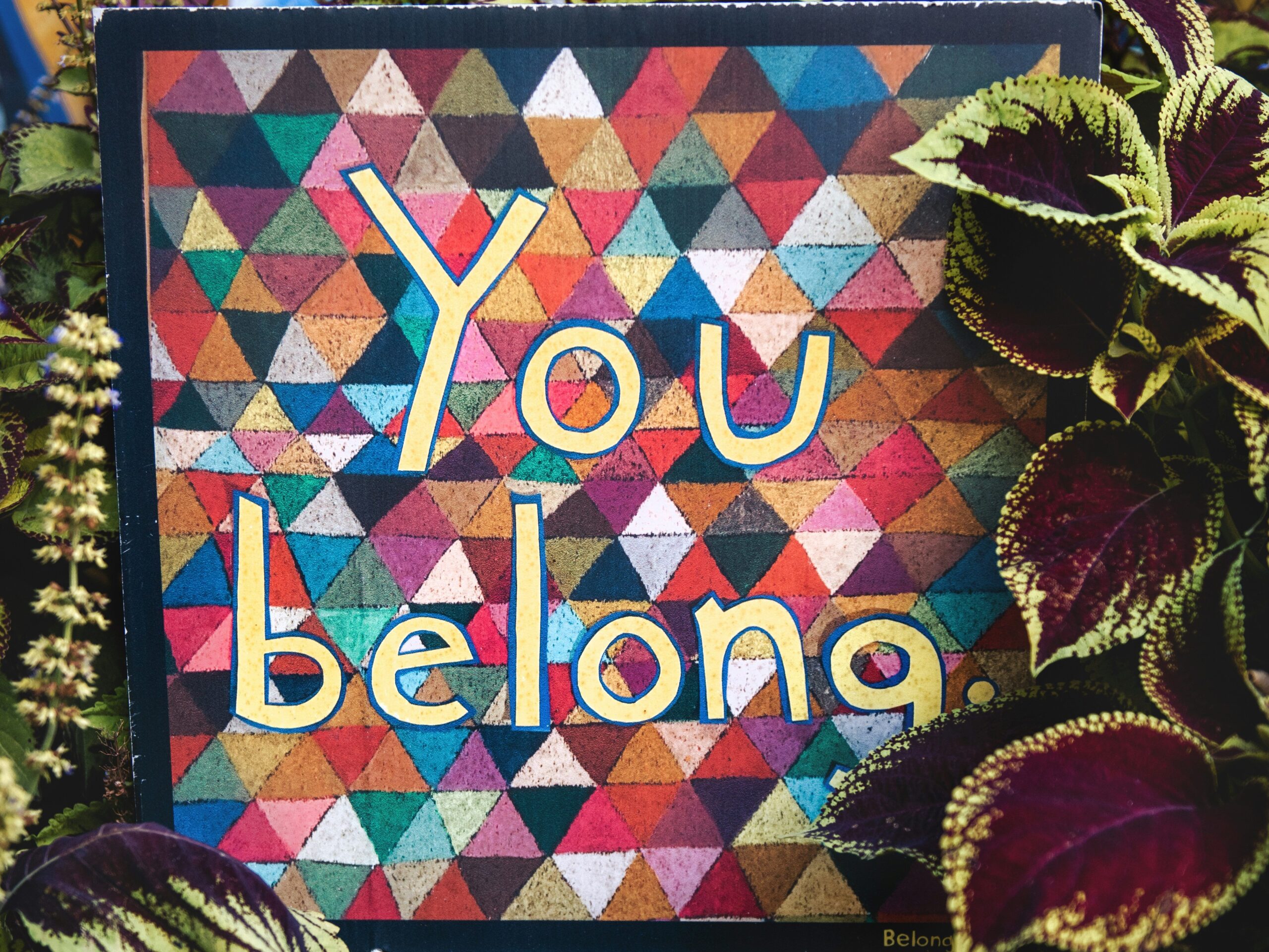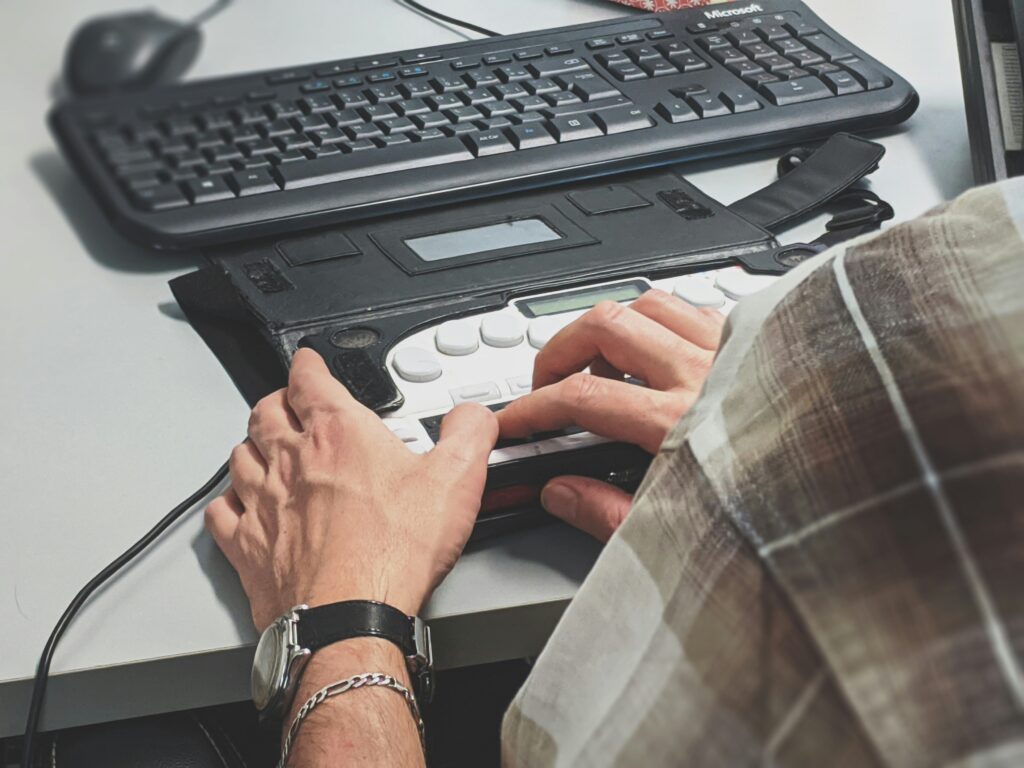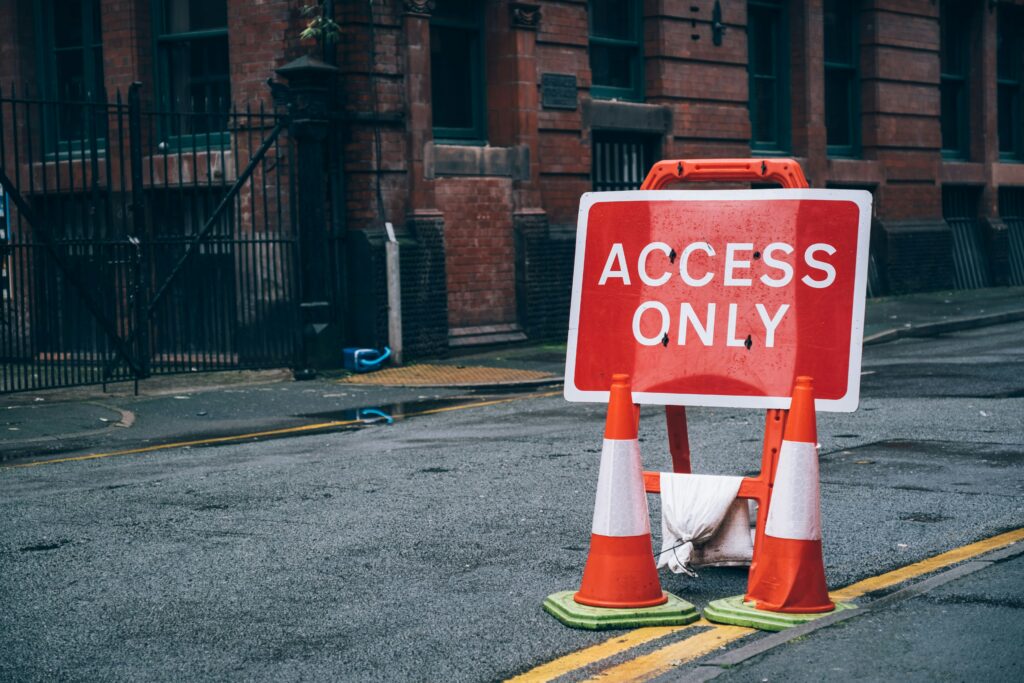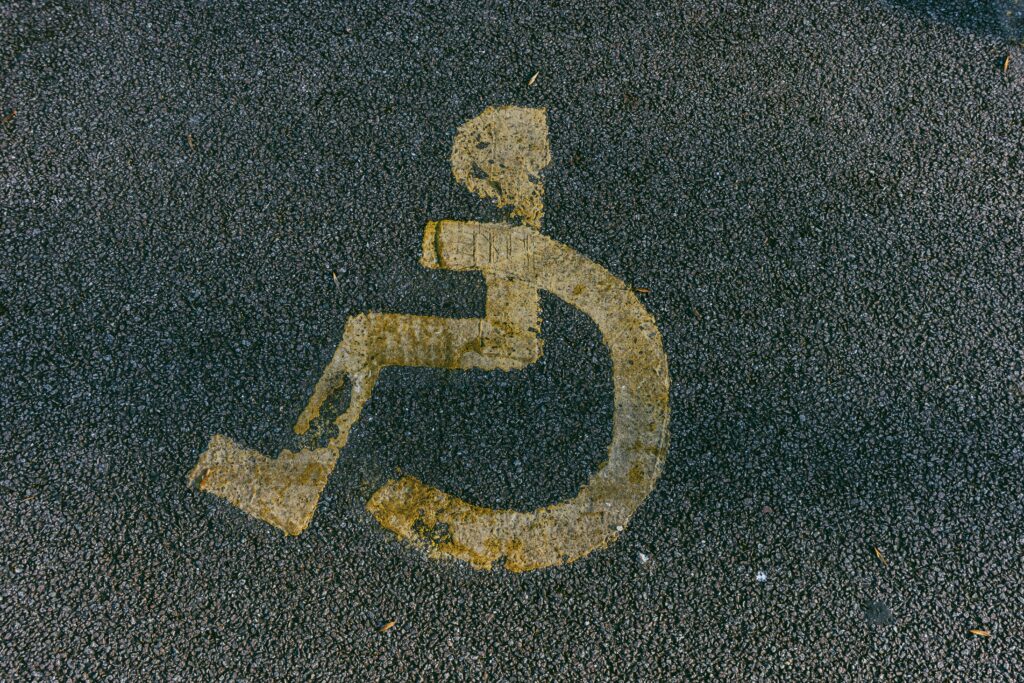
During our zoom class on Monday, June 2nd, we -our instructor, Jess, and the participating class available at the time- discussed the ethical aspects of assessments and the areas where traditional assessment falls short. We considered how traditional assessments are insufficient at actually assessing many of the intelligences that individuals hold. It also does not account for cultural and regional knowledge and experiences. While this conversation was now just over a week ago, the significance of the ethical aspect has stuck with me and I’ve carried it into this week’s blog post prompt about Inclusive Design because of discovering the the through-line, that is active and passive failure to -not just consider- but employ the inclusive practices that enable equitable access for all learners and people.
When exploring the blog post Universal Design, I found the quote that stuck with me most was, “UDL takes a different approach: what if we removed the barrier?” (2023). To delve deeper and apply it to my own practice and understanding, I analyzed CAST UDL Guidelines and identified, among the many, three key ways I can apply the theories to my practice currently:
- Consideration 3.2: Highlight and explore patterns, critical features, big ideas, and relationships ~ under the cross section of Design Multiple Means of Representation and Building Knowledge, I can provide materials for my current and future students that have highlighted key elements in text and use graphic organizers to organize the information learned while reviewing the materials before, during, and after. ‘Know, Wonder, Learned’ charts (KWL Charts) are excellent ways to assess knowledge learned and prior knowledge held while noting any questions, or ‘wonders,’ they have along the way.
- Consideration 4.2: Optimize access to accessible materials and assistive and accessible technologies and tools ~ under the cross section of Design Multiple Means of Action & Expression and Interaction, I would correspond and organize any accessible needs be met with the help of the Inclusion Support Teacher, like utilizing assistive technology such as communication boards, charts, and/or tablets.
- Consideration 7.1: Optimize choice and autonomy ~ under the cross section of Design Multiple Means of Engagement and Welcoming Interests & Identities, I will ensure projects or final assignments for cultivating and showcasing knowledge learned in a unit summary or natural end to a subject has at least two choices of showing understanding of the materials. This could include any type of visual, audio, written, drawn (in some cases), created, or designed project could be considered as long as the individual can express how this would indicate their level of comprehension of the material. This is also a wonderful time for inquiry projects to further explore features of a subject.
Another aspect that I want to become more familiar with was detailed in the same blog post mentioning how, “an instructor should teach in the manner in which they plan to assess.” Although this more closely aligns with Assessment more than inclusive design, the overlapping theme is undeniable and the approaches cannot necessarily be separated: that is to say that assessment and inclusive design are intertwined as assessment must follow the same principles as UDL and universal design must have aspects that challenge traditional assessment forms to increase the success of all learners. In traditional schooling, assessment does not seem to be eradicated any time soon, so to improve the design for learners’ access we must first prepare them adequately to enter into these spaces and challenges so they feel they stand a chance.
The Progress is Multi-dimensional

Now this seems to go against the UDL approach of removing the barriers, but some barriers are so entrenched in the system that they will take longer to respond to pushback. While continuing the movement towards increased accessibility and universal design by breaking down these barriers, we cannot ignore that they are still standing.
In order to increase capacity for universal design, we must break down the barriers that stand to impede the access, involvement, and participation for people… but while we are advocating and demanding the necessary changes, we cannot ignore that these barriers continue to impede. Thus, we must continue to movement while preparing learners and individuals to overcome the obstacles until they are removed. We cannot stop on any single axis of the progress by advancing one aspect of the movement while disregarding the other. The progress is multi-dimensional.
What does this look like in my position? I must prepare my students to endure the barriers while continuing to break them down. This doesn’t feel or seem fair, but it ensures they are prepared to encounter the barriers while knowing that it is not the conclusion to the fight. This is how we build resilience.


